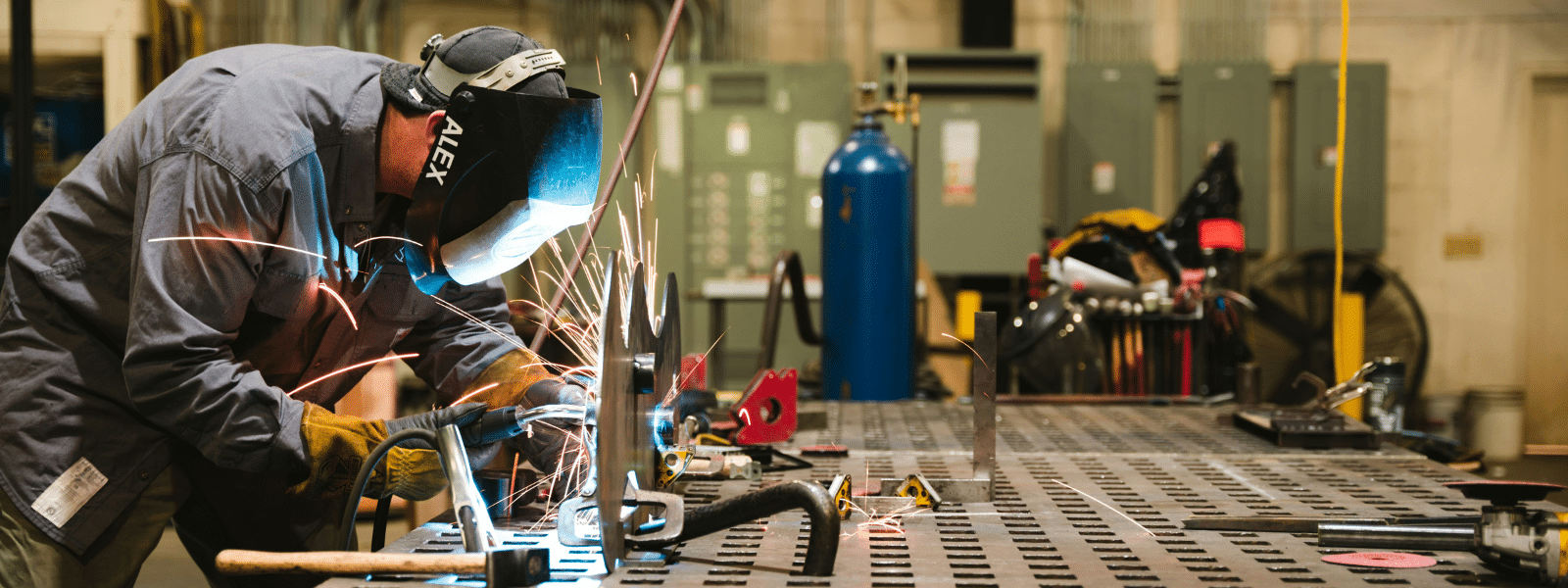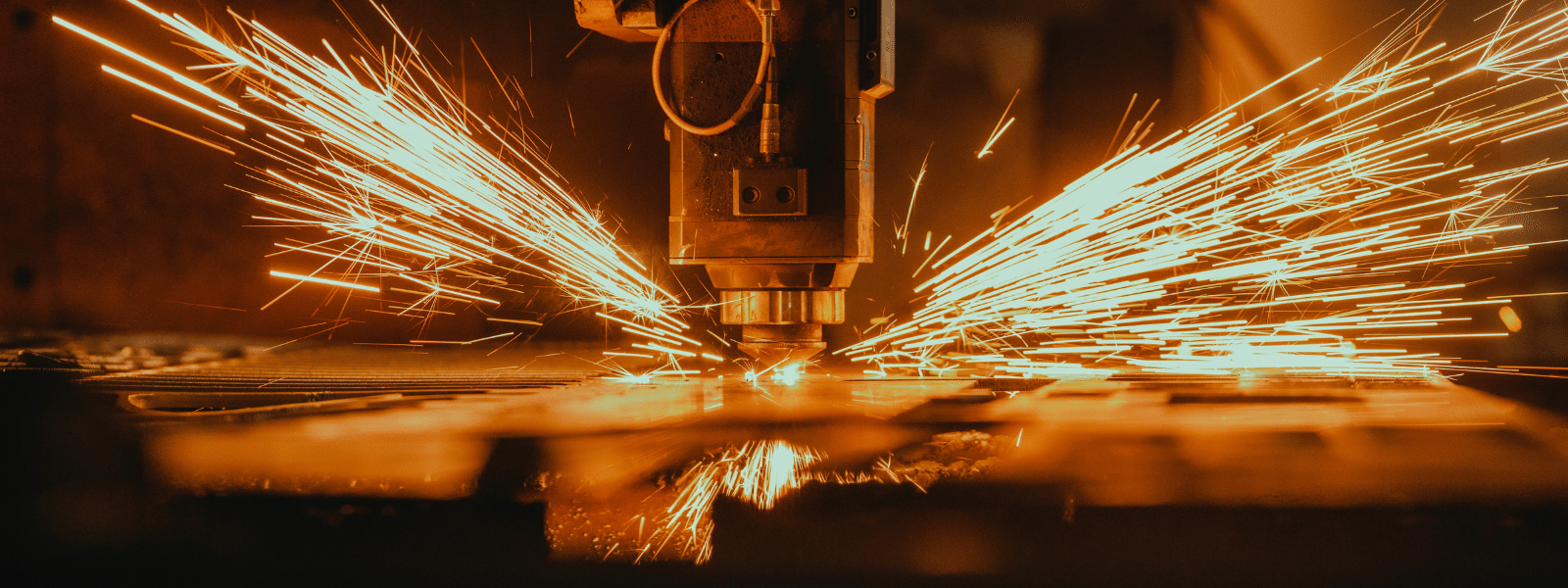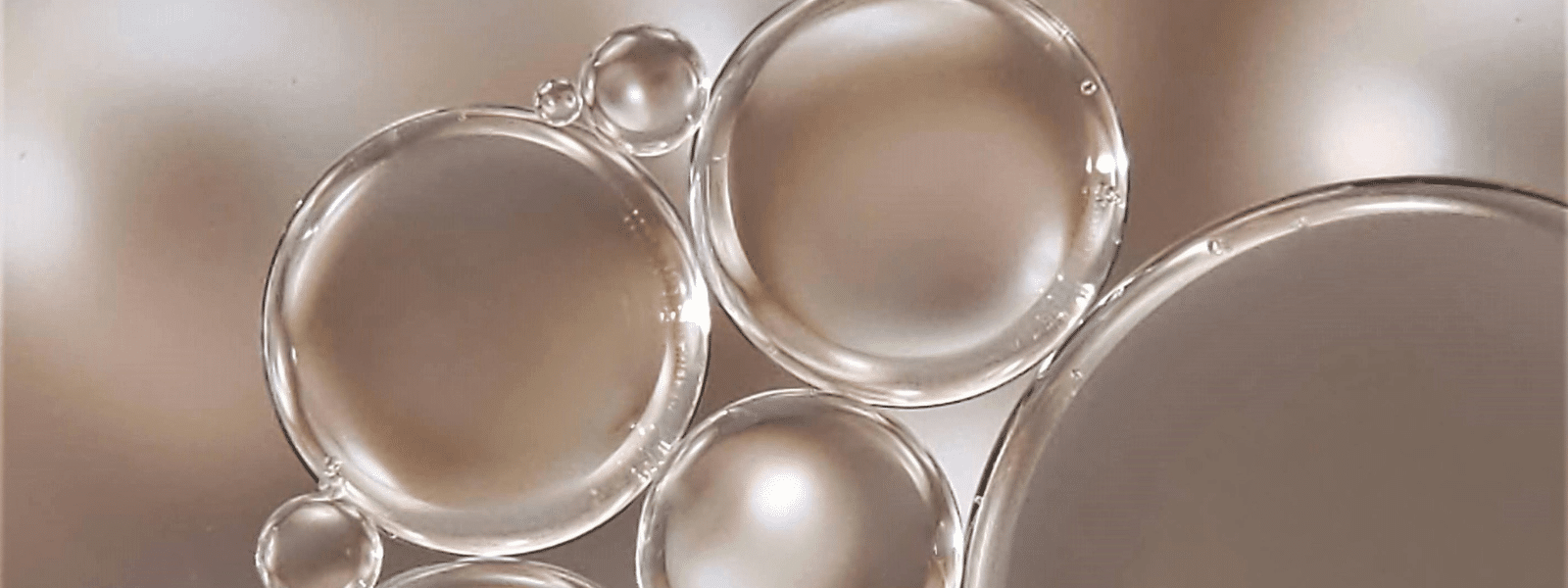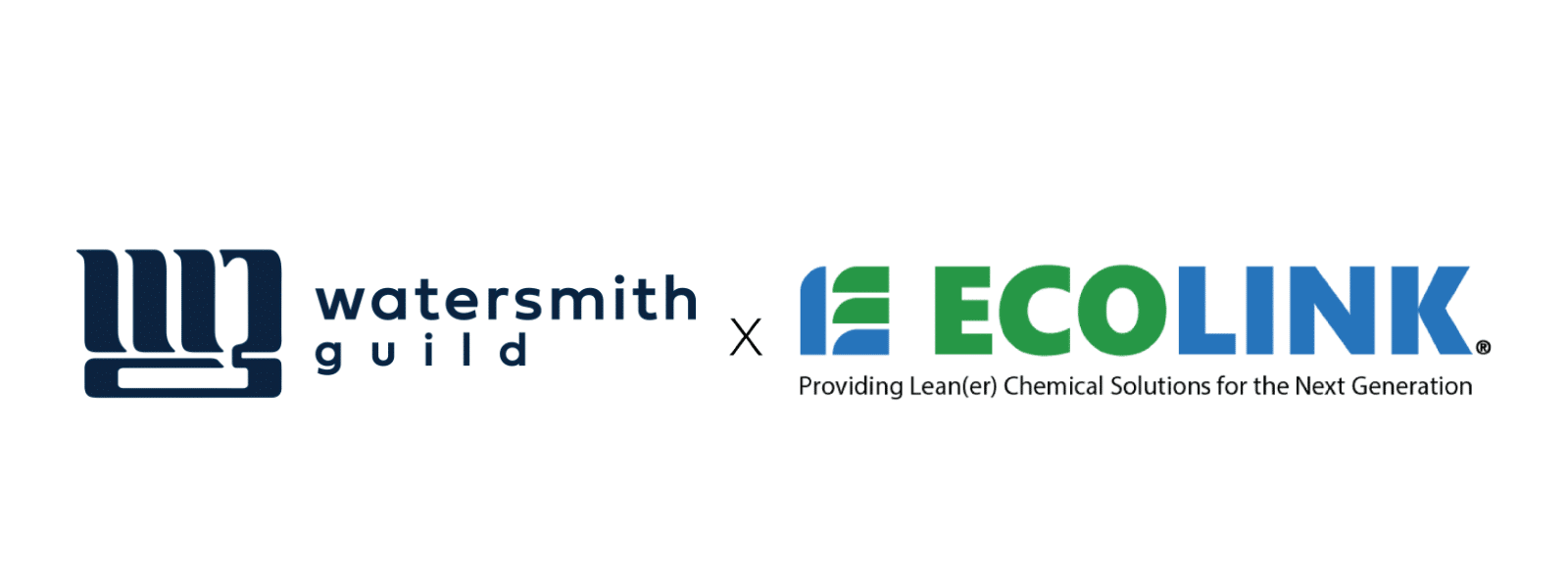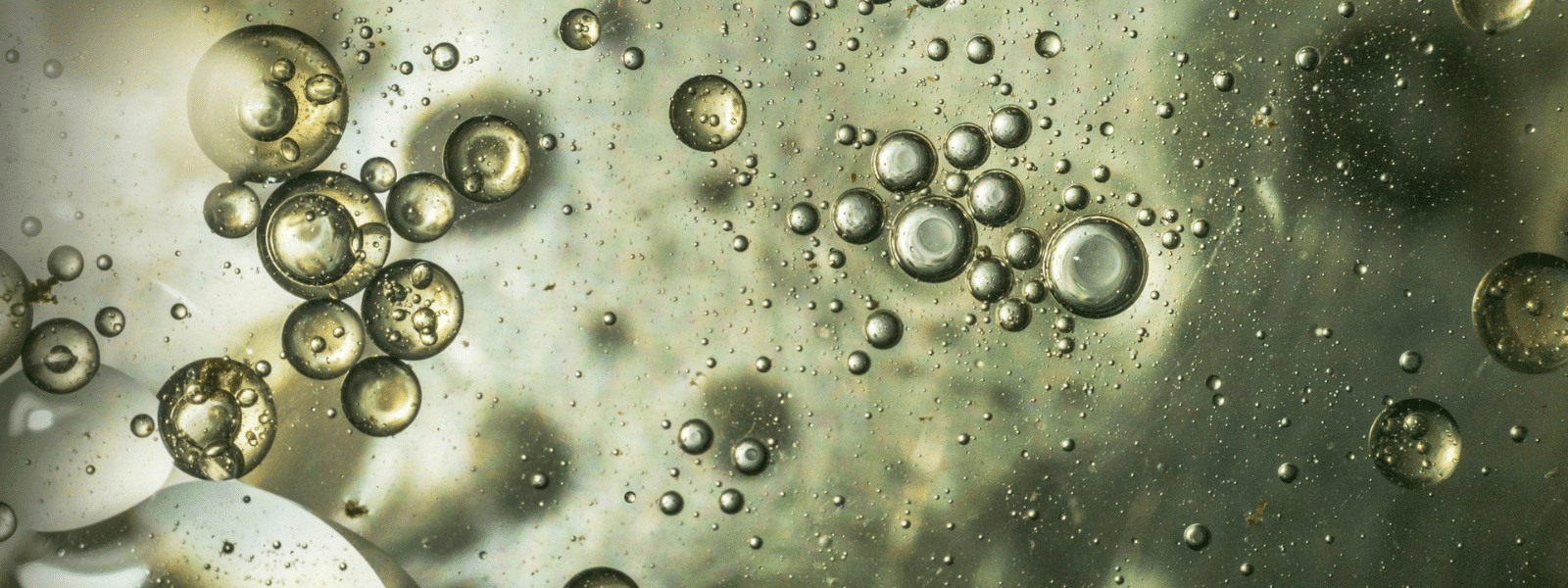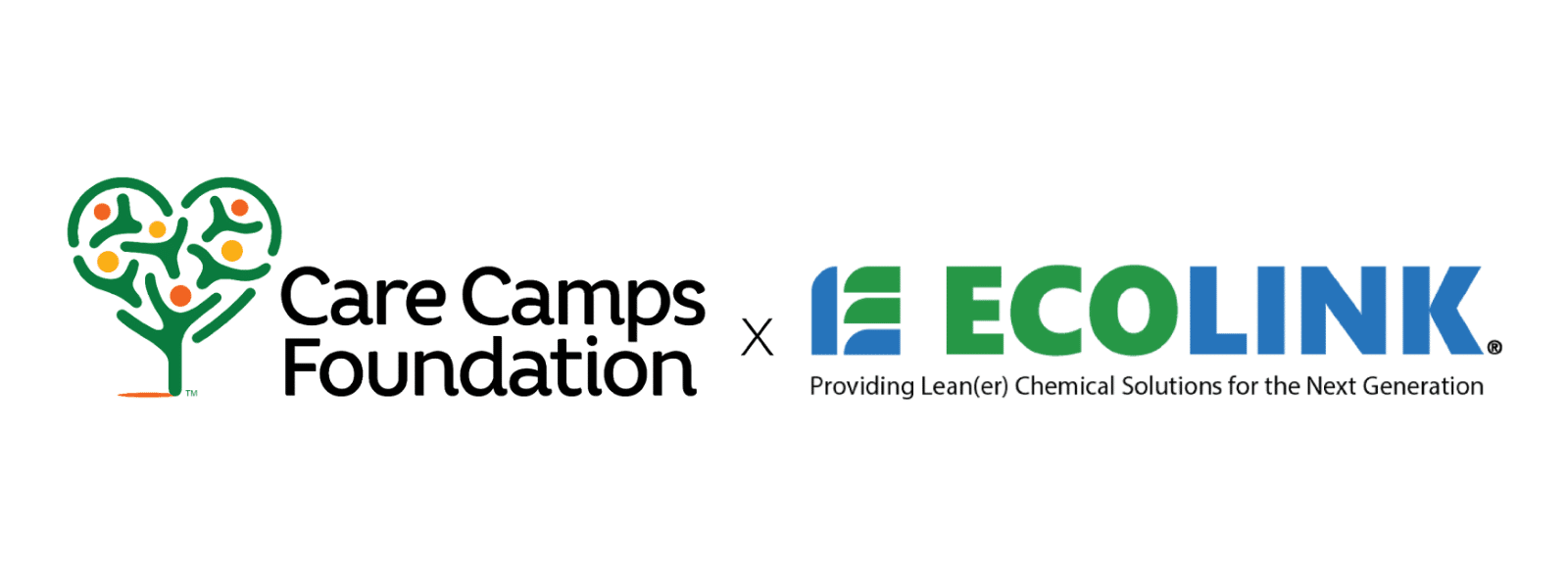Almost every industrial product requires some form of surface finishing so that it may be properly cleaned and degreased in order to achieve a certain property needed for its intended purpose. Most manufactured items need surface alteration so that the appearance can be improved, adhesion can be included, soldering can be added, corrosion can be prevented, tarnishing effects from several antagonists such as chemicals can be resisted, and the appearance of wear can be reduced. As you can see, surface finishing is as mandatory a process that is involved with completing manufactured items as is any other. Therefore, finding the right kind of solvent for putting your manufactured item through the surface finishing process is extremely important; otherwise, the aforementioned outcomes cannot be accomplished. A highly successful surface finishing solution that has proved to be very advantageous involves the use of vapor degreaser solvents, which involves using solvents in vapor form to clean and degreased the manufactured item in preparation for upcoming surface finishing operations.
The way a vapor degreasing solvent works is as follows: The solvent will take vapor form because it will be boiled by a heating coil, and the vapor will rise in a chamber where the air will have a much lower density than the vaporized solvent. The vapor solvent will then adhere itself onto the manufactured item being cleansed by way of condensation, because the manufactured item will be at a much cooler temperature than the vapor. Once the vapor degreaser adheres itself to the manufactured item, it will commence the dissolving of any contaminants found on the industrial product. The dissolving contaminant will remain in the vapor beads of the degreaser solvent, and then eventually drip off the industrial product. Thus, all of the impurities on the industrial product will be removed, as vapor degreasing has proven to be a very effective cleaning and degreasing solvent.
A large advantage to using vapor degreasing solvents as your method of maximizing surface finishing of a manufactured item is its status as an economical cleaning and degreasing device. Recent vapor degreasing systems enable the recycling of the solvent after it has dripped off the industrial product. They can capture and reclaim the condensed beads once they have fallen off the manufactured item, allowing a company to reduce what it spends in purchasing additional solvent, and requiring a company to make fewer purchases over time.
Adaptations of vapor degreasing systems include the incorporation of a certain number of tanks for holding the solvents and rinsing the manufactured item, as well as implementing a solvent spray that will coat the industrial product right before it enters the vapor degreasing chamber. A solvent spray will actually speed the vapor degreasing process and allow for more complex parts to be cleaned and degreased. More information regarding vapor degreasing systems can be acquired by contacting the professionals at Ecolink, who can help you decide if vapor degreasing solvents for surface finishing is the right choice for your business.








